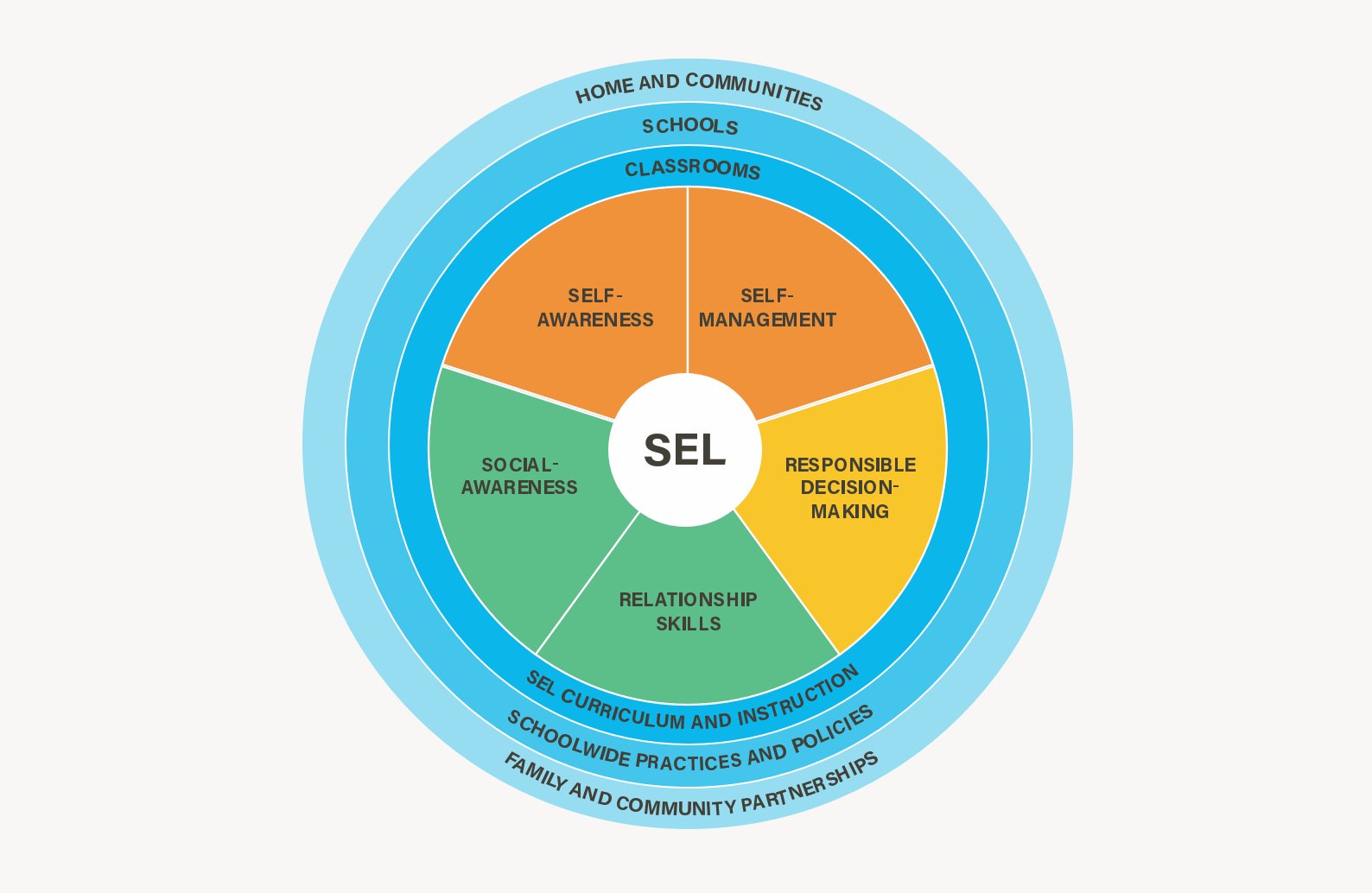The Theory of Social and Emotional Learning
The theory of social and emotional learning (SEL) is not a new concept, in fact, it stems from ancient Greece. Plato recognized the importance of teaching children a ‘holistic curriculum’, meaning balancing academic growth in math and science with development in character and moral judgement. Plato explained that
“By maintaining a sound system of education and upbringing, you produce citizens of good character”.
Social and emotional learning is now defined as having the ability to effectively communicate, resolve conflicts and disagreements, interact with others and control emotional responses. The process consists of learning how to adequately acquire and apply knowledge, attitudes and skills that are required to fully comprehend emotions, set and achieve personal goals, display empathy to those around us and engage in positive and meaningful relationships with others.
What is a relatively recent development in the SEL arena, however, is how to incorporate social and emotional teachings into our modern school systems. In the late 1960’s James Comer began to think this way. During his time at the Yale Schools of Medicine Child Study Center, Comer piloted a program called the Comer School Development Program. He strongly believed that
“the contrast between a child’s experiences at home and those in school deeply affects the child’s psychosocial development and that this in turn shapes academic achievement”.
The Comer School Development Program conducted a long-run study in order to prove this theory. Focused on two underprivileged and low-performing schools in New Haven, Connecticut they established a collaborative team composed of schoolteachers, parents, the principal and a dedicated mental health professional. These two schools had the worst attendance levels and the lowest academic grades in New Haven. The study showed that by the early 1980’s, attendance had increased significantly, behavior issues had drastically reduced and academic performance in both schools exceeded national averages. These fantastic results paved the way to the SEL movement to take off.
Two of the key figures in the SEL movement, were Roger Weissberg, a psychology professor at Yale and Timothy Shriver, a graduate of Yale University and an educator in New Haven public schools. Shriver and Weissberg worked together from 1987 to 1992 to create the k-12 New Haven Social Development program.
During that same period, Weissberg also collaborated with Maurice Elias on a project funded by the W.T Grant Foundation, to put together a framework for integrating social and emotional learnings in schools and cumulated a list of emotional skills necessary to develop emotional competence.
These emotional skills are listed as:
Identifying and labelling feelings
Expressing feelings
Assessing the intensity of feelings
Managing feelings
Delaying gratification
Controlling impulses
Reducing Stress.
The SEL Movement Takes Off
CASEL (Collaborative to Advance Social and Emotional Learning): was created in 1994 and in 1997 nine CASEL collaborators coauthored ‘Promoting Social and Emotional Learning: Guidelines for Educators’, which uniquely defined the theory. In 1995 a book written by New York Times scientific reporter, Daniel Goleman entitled “Emotional Intelligence: Why It Can Matter More Than IQ” was published, where he states that character and morals are more significant to an individual’s success than academics, and how these skills are teachable. Goleman’s book created ties between educators developing social and emotional lessons and psychologists and research scientists who have statistics proving the theory.
In the years since CASEL began, its influence has grown and its work to promote the benefits or SEL development has expanded significantly, and continues to influence congress and education act’s to this day.



